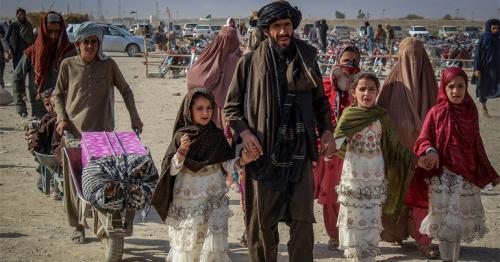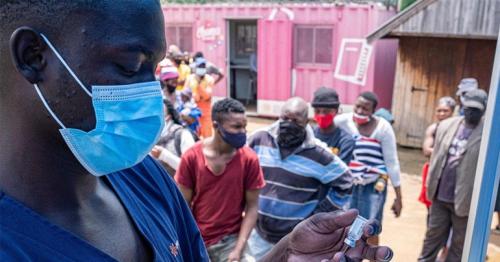At least 226 people killed in strong quake near Mexico City
"I haven't been able to communicate with her. She is not answering, and now they are telling us we have to turn off our cellphones because there is a gas leak."
The quake had killed 49 people in the capital by late Tuesday, according to civil defense chief Luis Felipe Puente. The highest toll, he said, was in Morelos State, just to the south, where 55 people were killed.
Another 13 people were reported killed in the neighboring states of Mexico and Guerrero. Thirty-two deaths had been counted in the central state of Puebla, also to the south, where the U.S. Geological Survey (USGS) located the quake's epicenter.
As many as 4.6 million homes, businesses and other facilities had lost electricity, according to national power company Comisión Federal de Electricidad. Most of them were in the greater Mexico City area and in the states of Guerrero, Morelos, Puebla, Oaxaca, and Tlaxcala.
GRIDLOCK, AFTERSHOCKS
In the capital, ambulances and fire engines confronted gridlock as millions of workers tried to get home, many of them after participating in annual readiness drills that commemorate the previous disaster on this date in 1985.
Much of the country was also shaken when an 8.1 magnitude quake, the strongest in more than eight decades, struck southern Mexico on Sept. 7, killing at least 98 people.
Earthquakes of magnitude 7 or above are regarded as major and are capable of causing widespread heavy damage. Another 11 aftershocks were registered after the initial quake at around lunchtime on Tuesday, the most powerful of which measured 4.9, according to the USGS.
In addition to the school, a supermarket and a factory collapsed in the capital. Much of the damage was in the fashionable Condesa and Roma districts near the city center.
On Twitter, relatives posted pleas for news of family members. At least one survivor was pulled from a collapsed building in Condesa and another was rescued from a six-story apartment building nearby. Mexican media showed images of desperate locals forming human chains in search of people still trapped in collapsed buildings after nightfall. With power out in much of the city, the work was carried out in the dark or with flashlights and generators.
In Obrera, a central neighborhood in Mexico City, people applauded when rescuers managed to retrieve four people alive, with cheers of "si se puede," or "yes we can," ringing out.
Volunteers continued arriving throughout the night, following calls from the civil protection agency, the Red Cross and firefighters.
...[ Continue to next page ]
tag: blog , information
Share This Post





